How To Use Automation in Agriculture ?

The future of farming is here, and it’s powered by automation in agriculture. Imagine a world where robots handle labor-intensive tasks, drones survey crop health with pinpoint accuracy, and smart irrigation systems deliver water precisely when and where it’s needed. This isn’t science fiction—it’s today’s agricultural reality. With cutting-edge technology, farmers can boost productivity, conserve resources, and optimize every acre of land. Ready to revolutionize your farm? Embrace automation in agriculture to maximize yields, reduce costs, and build a sustainable path forward. Dive into the practical steps and tools that can transform your farming operations today.
Table of Contents
What is Farm Automation?
Farm automation refers to the integration of advanced technology into traditional agricultural practices, enabling tasks to be executed with precision and minimal human intervention. At its core, automation in agriculture leverages robotics, artificial intelligence, and data analytics to transform processes like planting, harvesting, irrigation, and pest control. By employing autonomous tractors, robotic arms, and drones equipped with sensors, farm automation allows for real-time monitoring and adaptive responses to crop needs.
This innovation enhances efficiency, reducing both labor dependency and resource wastage. In a world where demand for food is rapidly increasing, automation in agriculture is essential for boosting productivity while fostering sustainability. This cutting-edge approach is not just about improving yield; it’s about creating a resilient farming system that conserves water, optimizes soil health, and supports the global push towards environmentally conscious agriculture.
As automation in agriculture advances, it empowers farmers to work smarter, not harder, ensuring a resilient and prosperous agricultural future.
Robots and Autonomous Machines

Robots and autonomous machines are at the forefront of automation in agriculture, transforming how farmers manage labor-intensive tasks. These intelligent machines, powered by sensors and AI, independently navigate fields to perform planting, fertilizing, and even harvesting with remarkable precision. By identifying crop health and adapting to environmental conditions in real time, they ensure optimal resource use. Robotic weeders, for instance, eliminate unwanted plants without harming crops, reducing reliance on chemical herbicides. Harvesting robots gently handle delicate produce, maintaining quality while minimizing waste. With automation in agriculture through robotics, farmers can increase productivity, conserve resources, and create a more resilient and sustainable farming ecosystem poised to meet global food demands.
Automated Tractors
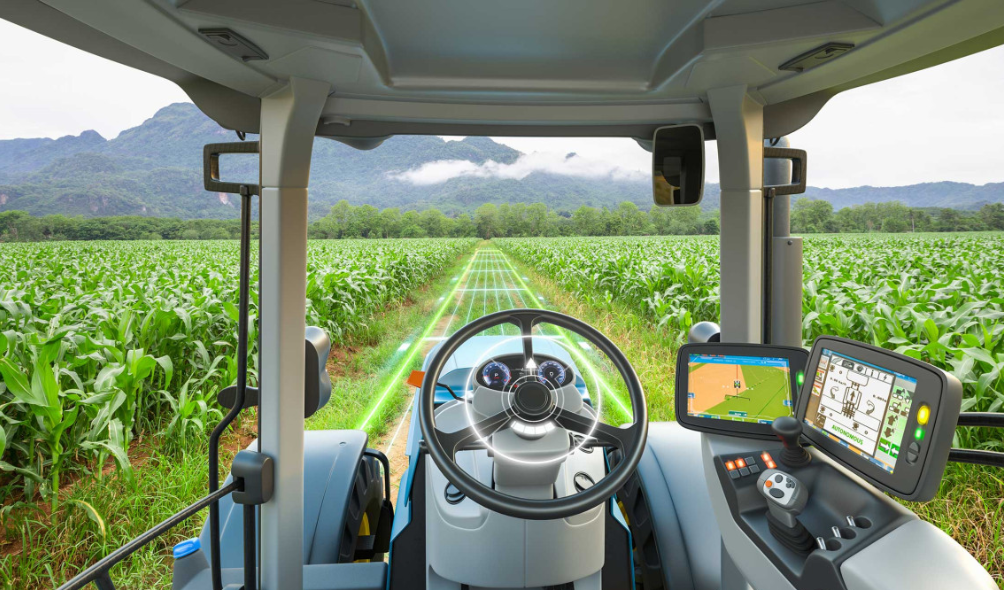
Automated tractors are a breakthrough in automation in agriculture, blending precision with power to transform field operations. Equipped with GPS guidance systems and real-time data processing, these tractors follow pre-determined routes, eliminating overlaps and optimizing land use. Their autonomous functionality allows them to perform tasks like plowing, planting, and harvesting with minimal human intervention, drastically reducing labor demands and fuel consumption. By ensuring consistent soil compaction and precise seed placement, automated tractors enhance crop yield and promote sustainable farming practices. As a key innovation in automation in agriculture, they enable farmers to manage larger fields efficiently, conserve resources, and adapt quickly to changing environmental conditions, all while supporting high productivity and resilience.
Seeding and Weeding Robotics

Seeding and weeding robotics are pivotal advancements in automation in agriculture, revolutionizing two essential yet labor-intensive tasks. Precision seeding robots plant seeds at ideal depths and intervals, ensuring optimal spacing and promoting healthier crop growth. Meanwhile, robotic weeders use sophisticated sensors and AI to distinguish between crops and weeds, targeting unwanted plants with pinpoint accuracy. This selective weeding reduces the need for herbicides, making the process more environmentally friendly and cost-effective. By eliminating weeds early, these robots prevent resource competition, giving crops a better chance to thrive. Through automation in agriculture, seeding and weeding robotics enhance efficiency, conserve resources, and support sustainable farming practices, paving the way for higher yields and healthier ecosystems.
Automatic Irrigation

Automatic irrigation systems are a cornerstone of automation in agriculture, ensuring crops receive precise amounts of water when they need it most. By integrating sensors that monitor soil moisture, weather conditions, and crop stages, these systems deliver water only where it’s essential, preventing waste and reducing the risk of over-irrigation. This data-driven approach optimizes water usage, conserves resources, and maintains soil health, supporting sustainable agricultural practices. Automatic irrigation systems can adapt in real-time to changing environmental conditions, such as droughts or unexpected rainfall, ensuring crops remain resilient. For farmers, these systems reduce labor demands, increase efficiency, and boost crop yields by promoting healthier plant growth. As an integral part of automation in agriculture, automatic irrigation aligns with modern needs, helping farmers manage water resources intelligently and sustainably.
Harvest Automation
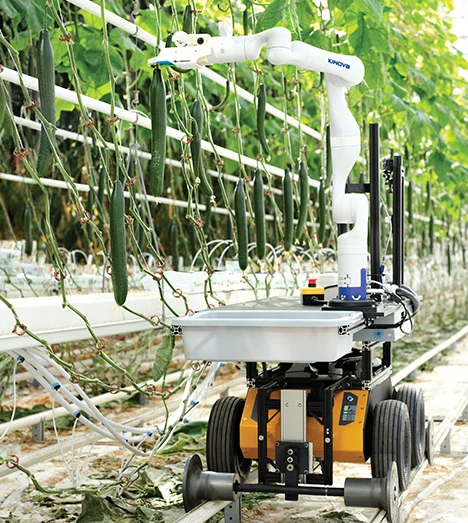
Harvest automation represents a remarkable advancement in automation in agriculture, reshaping how farmers collect their crops with precision and care. Equipped with advanced sensors, cameras, and AI, automated harvesters can identify ripe produce, carefully selecting and gathering crops to ensure minimal damage and optimal quality. This technology is especially beneficial for delicate fruits and vegetables that require a gentle touch to avoid bruising. By automating the harvest process, farms can reduce labor costs, increase efficiency, and meet the demands of tight harvest windows. Furthermore, automated harvesting reduces post-harvest losses, helping to bring fresher produce to market more quickly. In the realm of automation in agriculture, harvest automation stands out as a solution that addresses both productivity and quality, offering a sustainable way to meet growing food demands with consistency and accuracy.
Drones
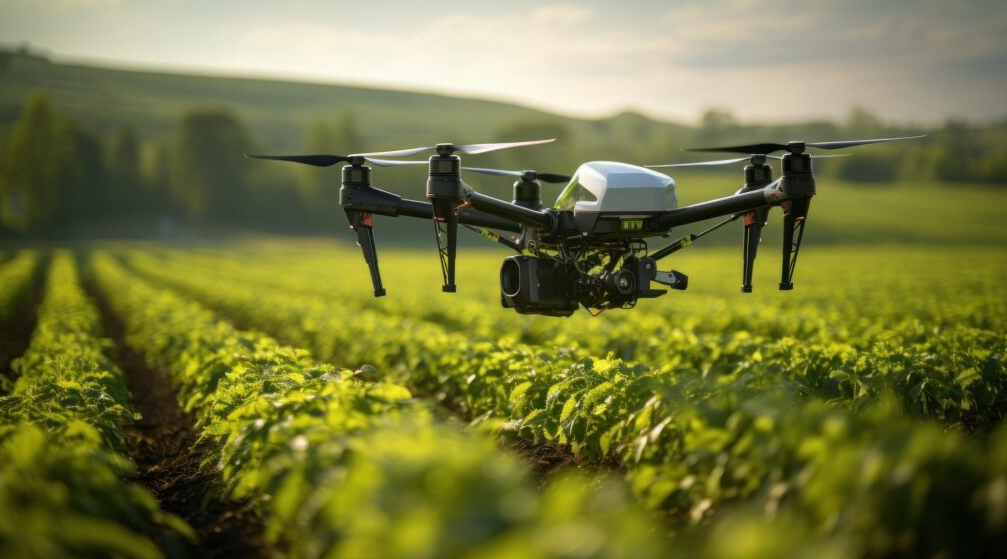
Drones are revolutionizing automation in agriculture, offering a bird’s-eye view of vast fields with unparalleled precision. These aerial devices are equipped with high-resolution cameras and sensors that capture detailed images of crop health, soil moisture, and overall field conditions. By gathering real-time data, drones allow farmers to monitor their crops from above, spotting issues such as pests, disease, or nutrient deficiencies before they escalate. With the ability to cover large areas quickly, drones optimize scouting, ensuring a more efficient use of resources. Additionally, drones are increasingly used for tasks like aerial spraying, distributing fertilizers or pesticides precisely where needed. This targeted approach reduces chemical use, promoting sustainable farming practices. As part of automation in agriculture, drones enhance productivity, streamline farm management, and support smarter, data-driven decisions, shaping the future of efficient and sustainable farming.
Monitoring and Analytics
Monitoring and analytics provide the backbone for data-driven decision-making in agriculture. Sophisticated monitoring systems collect data from various sources, including soil sensors, weather stations, and satellite imagery. Analytics platforms then process this data, revealing patterns and trends that help farmers predict and address potential issues, such as pest outbreaks or nutrient deficiencies. This proactive approach enhances crop health and minimizes waste. By turning raw data into actionable insights, monitoring and analytics empower farmers to optimize their practices, transforming agriculture into a science-based industry.
Planting
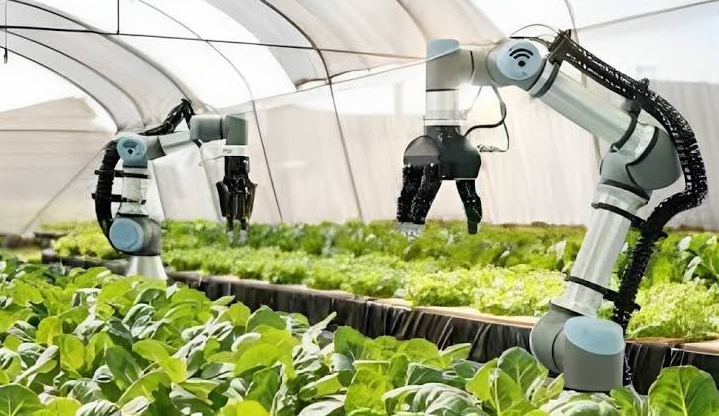
Precision planting is essential for maximizing crop yield and efficiency. Automated planting machines take into account soil composition, moisture levels, and environmental conditions, ensuring that seeds are placed at optimal depths and intervals. By reducing seed wastage and improving plant spacing, these machines contribute to uniform crop growth and increased resilience against environmental stress. Precision planting supports the early stages of crop development, setting the stage for a successful growing season. This automation optimizes the use of arable land, promoting sustainable food production.
Irrigation
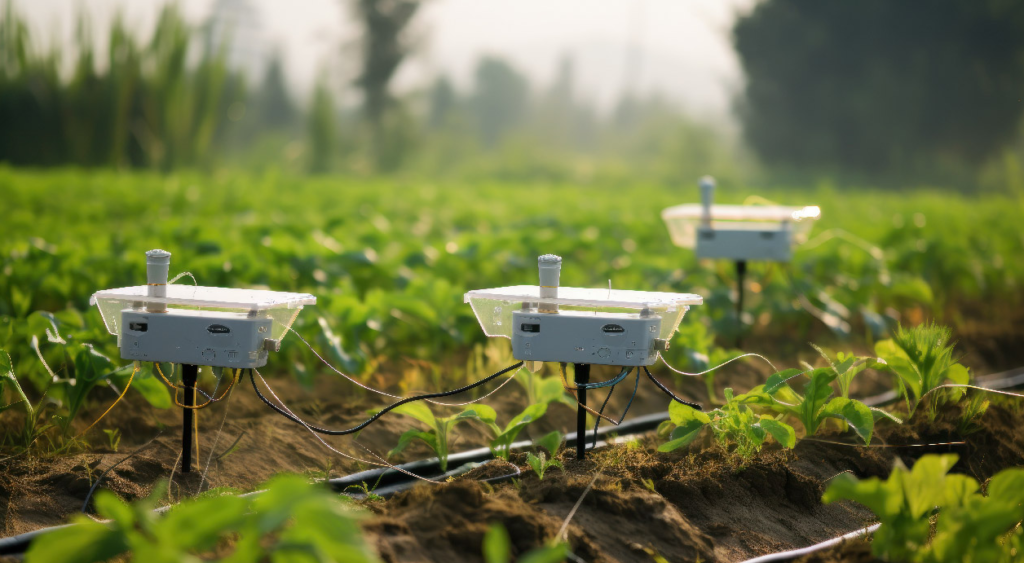
Irrigation, one of the most critical aspects of farming, benefits immensely from automation. Automated irrigation systems customize water distribution based on real-time data from soil and weather sensors. This approach ensures crops receive exactly what they need, avoiding over-irrigation that can deplete nutrients and harm soil health. By conserving water and protecting the ecosystem, automated irrigation systems are key to sustainable agriculture. These systems help maintain soil fertility, enhance crop resilience, and ensure efficient water use, addressing one of the most pressing resource challenges in agriculture.
Benefits of Agriculture Automation
- Cost Reduction: Automation significantly lowers labor costs by automating routine tasks such as planting, fertilizing, and harvesting. This allows farmers to operate with fewer employees, cutting down on wages, training, and benefits while maintaining productivity. Additionally, automation reduces the need for costly manual labor and its associated inefficiencies.
- Increased Productivity: Automated systems, such as autonomous tractors and harvesting robots, can work 24/7 without breaks, leading to higher throughput. The efficiency gained from automation means tasks are completed faster, reducing delays and downtime that often occur with manual labor. As a result, farmers can handle larger operations with the same, or even fewer, resources.
- Precision and Accuracy: Technologies like GPS-guided tractors, sensors, and drones allow for incredibly precise planting, seeding, and fertilizing. By mapping out fields and collecting data in real time, these systems ensure that resources are applied exactly where needed, which can significantly improve crop yields and reduce unnecessary input costs.
- Resource Conservation: One of the most compelling benefits of automation in agriculture is its ability to use resources efficiently. Automated irrigation systems, for example, can deliver water based on real-time soil moisture levels, reducing waste and ensuring crops get the precise amount of water they need. Similarly, automated nutrient application systems ensure that fertilizers and pesticides are only applied where necessary, reducing runoff and environmental pollution.
- Enhanced Crop Health: With real-time monitoring capabilities, automated systems can detect early signs of disease, pest infestations, or nutrient deficiencies. Drones and robots equipped with sensors can scan fields regularly, identifying problems that might be missed by the human eye. This early detection allows for prompt action, preventing further damage to crops and ultimately improving the overall health of the farm.
- Improved Sustainability: Automation contributes to sustainable farming by reducing the need for excessive chemical treatments and promoting the efficient use of resources. For example, autonomous tractors can reduce soil compaction by optimizing field travel paths, helping preserve soil health for future harvests. Additionally, automated technologies often reduce fuel consumption, contributing to a decrease in greenhouse gas emissions.
- Higher Yields and Quality: The precision of automated systems ensures that every aspect of farming is optimized for maximum output. For instance, automated planting systems guarantee consistent seed depth and spacing, while harvesting robots are designed to pick crops at their optimal ripeness. This results in higher yields, better quality produce, and less crop waste, which ultimately leads to more profitable farming operations.
- Increased Resilience: Automated systems can respond quickly to changing environmental conditions, such as droughts, storms, or pest outbreaks. For example, weather-responsive irrigation systems can adjust water usage based on forecasted rain, ensuring that crops are adequately irrigated without wasting water. This adaptability helps farms better cope with unpredictable weather patterns, a growing concern in the face of climate change.
The future of farming lies in automation in agriculture, where technology meets tradition to create more sustainable and efficient farming practices.
Conclusion
In conclusion, automation in agriculture is not just a passing trend but a transformative force reshaping the future of farming. By embracing cutting-edge technologies, farmers can enhance productivity, conserve resources, and improve sustainability. From autonomous machines that optimize field operations to precise irrigation systems that reduce waste, automation in agriculture offers a smarter, more efficient way to meet the growing global demand for food. As these technologies continue to evolve, they promise even greater advancements in crop management and environmental stewardship. For those in agriculture, the path forward is clear—automation holds the key to a more prosperous and sustainable future.
With automation in agriculture, we can grow more food with fewer resources, revolutionizing the way we approach global food security.
FAQ – About Automation in Agriculture
- What is automation in agriculture?
Automation in agriculture refers to the use of advanced technologies like robots, drones, and AI to perform farming tasks with minimal human intervention. - How does automation in agriculture benefit farmers?
It increases efficiency, reduces labor costs, conserves resources like water and fertilizers, and improves crop yields by enabling precise farming techniques. - What types of technologies are used in automation in agriculture?
Key technologies include autonomous tractors, robotic harvesters, drones for monitoring, automated irrigation systems, and AI-powered analytics tools. - Is automation in agriculture suitable for small-scale farms?
Yes, many automation solutions are scalable and can be adapted to the specific needs and budget of small-scale farms. - What challenges are associated with automation in agriculture?
Challenges include the high initial investment, technical maintenance, and the need for skilled operators to manage and troubleshoot automated systems. - Can automation in agriculture improve sustainability?
Absolutely. By optimizing resource use and reducing waste, automation in agriculture promotes environmentally friendly and sustainable farming practices. - How does automation impact agricultural labor?
While it reduces the need for manual labor in repetitive tasks, it also creates opportunities for skilled jobs in managing and maintaining automated systems. - Is automation in agriculture expensive to implement?
Initial costs can be high, but the long-term savings in labor, resources, and increased efficiency often outweigh the upfront investment. - What role do drones play in automation in agriculture?
Drones are used for monitoring crop health, mapping fields, and even applying fertilizers or pesticides with precision. - What is the future of automation in agriculture?
The future promises even greater advancements, with smarter systems, AI-driven decision-making, and fully autonomous farm management solutions revolutionizing the industry.





Your point of view caught my eye and was very interesting. Thanks. I have a question for you.
Can you be more specific about the content of your article? After reading it, I still have some doubts. Hope you can help me.